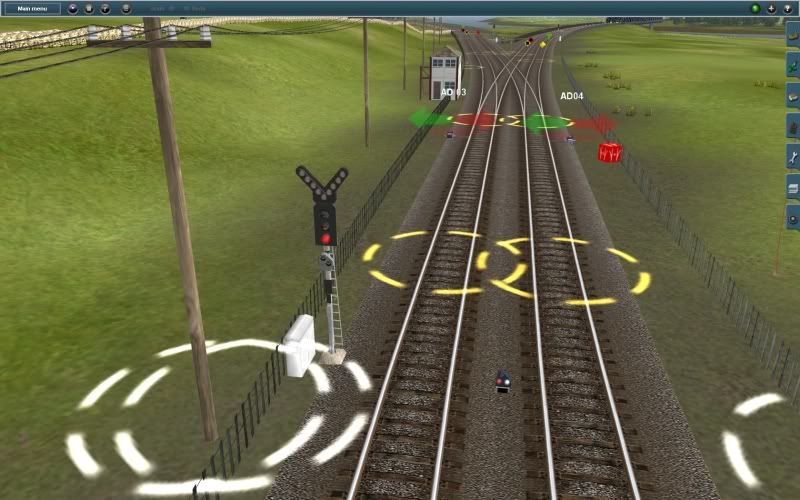Conductorphil
Master Yard Builder
I'm currently working on a small, fictional branchline UK layout which I'm really enjoying, however, I have come across a problem and I am not sure what would be the "logical" method.
When coming out of a station in the south, the line splits in two. The track going left rises up and rejoins the mainline (Which crosses over the railway further down) while the other track continues down the branchline to another station.
Most work on the branchline is done independantly, which basically means most work on the branchline stays on the branchline.
There are three signals that I can use to show which direction the train is going when crossing the turnout, either left onto the mainline or right, staying on the branch. The raised signal indicates that a track is a "main" track (While the lower one is a diverting). Which one should be considered the "main" track - the mainline divert or the branchline divert?
Many thanks.
When coming out of a station in the south, the line splits in two. The track going left rises up and rejoins the mainline (Which crosses over the railway further down) while the other track continues down the branchline to another station.
Most work on the branchline is done independantly, which basically means most work on the branchline stays on the branchline.
There are three signals that I can use to show which direction the train is going when crossing the turnout, either left onto the mainline or right, staying on the branch. The raised signal indicates that a track is a "main" track (While the lower one is a diverting). Which one should be considered the "main" track - the mainline divert or the branchline divert?
Many thanks.

